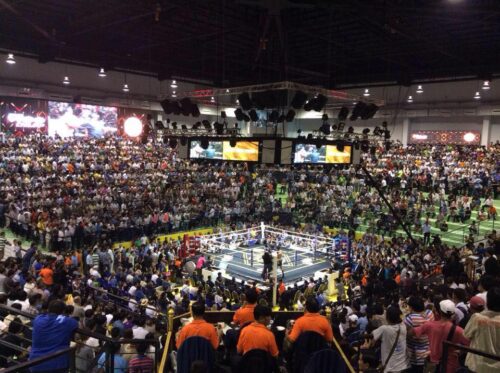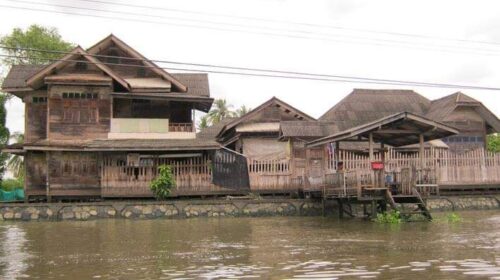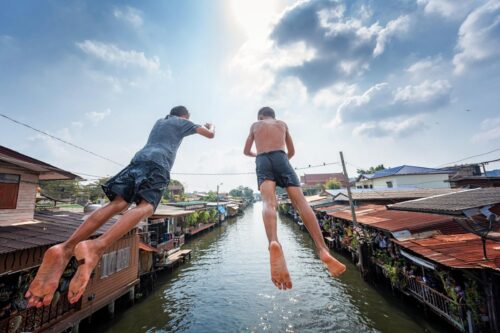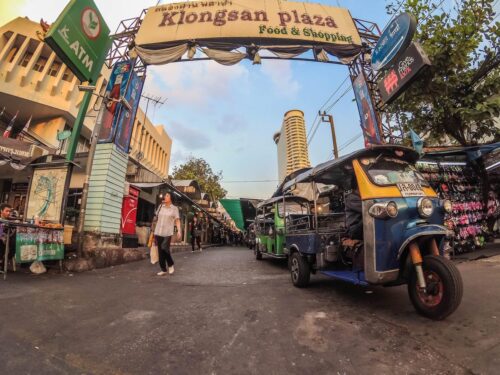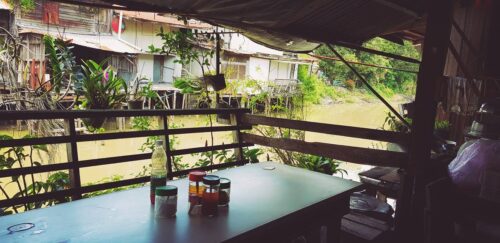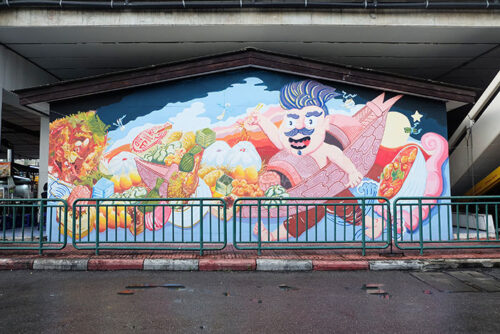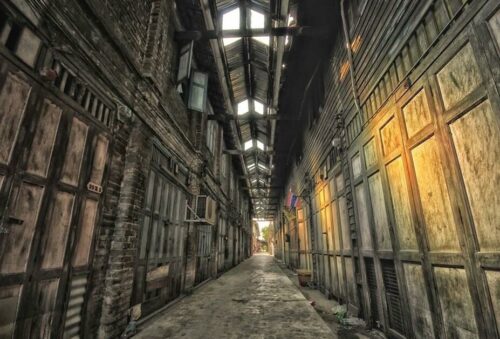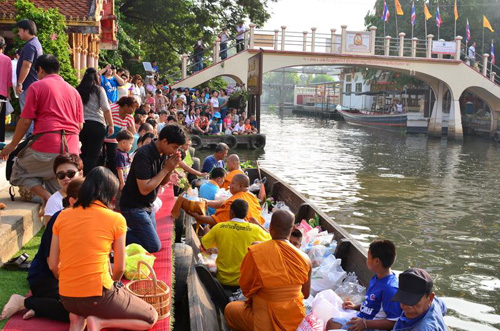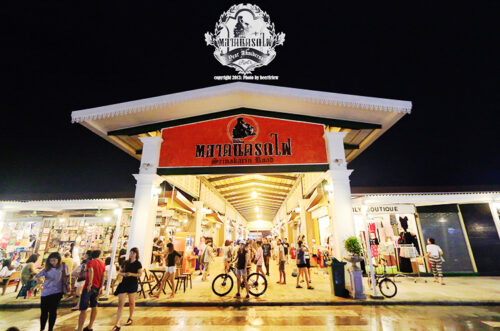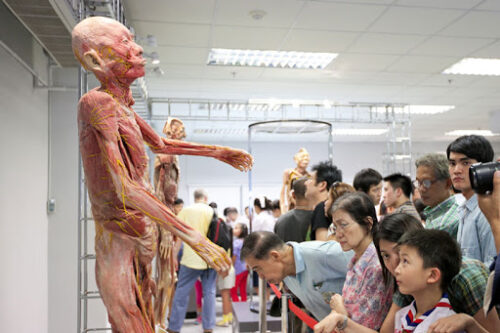The lower inner Thon Buri area is another old area of Bangkok that are the homes of historic neighborhood that consisis of historic attractions. The way of life of the people in the area is still authentic. Many ancient traditions has been practiced still by those decendents who have been living the area from generarion to generation. In the blog, you will learn about Khlong Bangkok Noi, Wat Rakhang Khositaram Wora Maha Vihara, Trok Matoom, Wongse Mula Vihara, Royal Thai Naval Dockyard Museum, Royal Barge National Museum, Siriraj Medical Museum, Siriraj Phimukhsthan Museum, Talad Wat Thong (Talad Suwannaram), Ban Bu, Ban Kao Mao, Wat Dusidaram Woravihara, Ansorissunna Mosque, and Wat Pa Choeng Lane. Khlong Bangkok Noi Bangkok Noi Canal By Bangkok Post The canal that was formerly a part of the Chao Phraya River, until the canalization from Bangkok Noi to Bangkok Yai took place from 1534 to 1545, the construction that was believed could shorten a day's worth of traveling time. Then, the streams ran into the new canal, enlarged it and made it the new Chao Phraya River, while the old one decreased its size and became Khlong Bangkok Noi, Khlong Chak Phra, and Khlong Bangkok Yai. Khlong Bangkok Noi is the location of many cultural heritage and religious sites. It is the location of Ban Bu, Wat Si Sudaram, Wat Suvannaram, etc. The tranquility and tradition, which is rarely seen nowadays, are still lingering all around this place. Wat Rakhang Khositaram Wora Maha Vihara Wat Rakhang Khositaram Wora Maha Vihara Wat Rakhang Khositaram was built in the Ayutthaya period, formerly named 'Wat wa Yai', and became the resident of the San in King Taksin's period. Then, King Rama I saw the restoration of the temple and found Rakhang (the bell) with the beautiful voice. Therefore, the bell was
The lower inner Thon Buri area is another old area of Bangkok that are the homes of historic neighborhood that consisis of historic attractions. The way of life of the people in the area is still authentic. Many ancient traditions has been practiced still by those decendents who have been living the area from generarion

